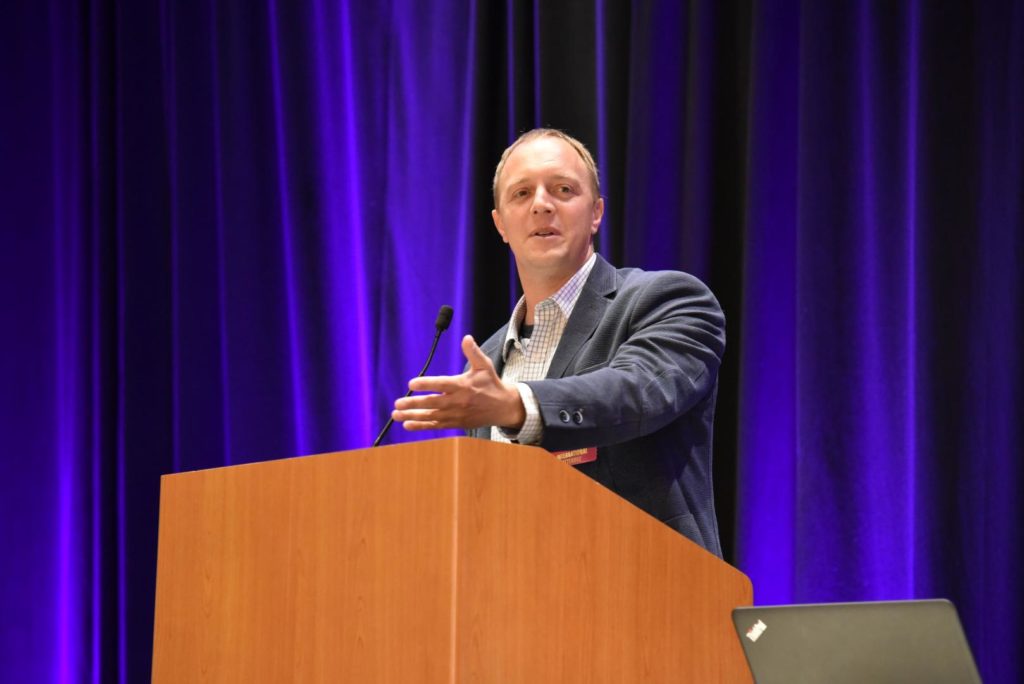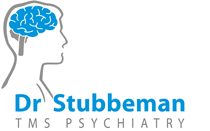
“It’s All About Remission” – Jonathan Downar, M.D. Lecture Recap – 2017 Annual Meeting
By: Ted Williams, M.D.

How do we get higher remission rates with rTMS?
One answer: Target the right regions, which are different in different patients.
I have a question for my fellow TMS practitioners: when you treat a patient with TMS who has been depressed for years and “tried everything,” and responds so well to treatment that by the end their face is beaming? They’ll say things like, “You’ve given me my life back,” or “I never thought I would feel this way again.” It’s those patients that make TMS the most rewarding treatment modality in psychiatry. But on the other hand, how deep the disappointment when it doesn’t work! Zip. Zero. Nada. No improvement whatsoever. The patient had put their last hope in TMS, and it did not work. As a clinician, when this happens, I wonder, “Did I miss the target?” or “Why didn’t it work? Could I have done anything differently?” And why does it matter to us? It matters because our patients are valuable human beings and their lives matter.
Remission. This is the issue Jonathan Downar addressed at the Clinical TMS Society Annual Meeting in San Diego this year. What can we do to improve the rates of remission? Even with MRI-guided treatment, many patients do not respond to TMS. Why?
Downar asks, “When we say we get 33% remission rate in controlled studies for depression with rTMS, do we really mean that we’ve got a technique that works in a 100% of people and succeeds 30% of the time? Or is it more likely that we’ve got a technique that’s 80% successful in subgroup of patients that are, say, 40% of the patients who come through our door?”
So how long will rTMS remain a one-trick pony of treatment over the DLPFC? Can we find neural subtypes of depression that would better inform us as to where to point our TMS coils? For those patients who do not respond to TMS as it is currently practiced, over the DLPFC, if we knew where to target patients with other subtypes of depression, could we get better results? Can we get more patients into remission?
TMS researchers such as Jonathan Downar are making progress in identifying subtypes of depression based on functional connectivity of networks associated with symptom domains that occur across the spectrum of diagnoses in the DSM. If we can identify the pathological networks, and target their nodes on the surface of the cortex, we can make neuroanatomical-clinical formulations of our patients and more effectively treat patients with TMS.
